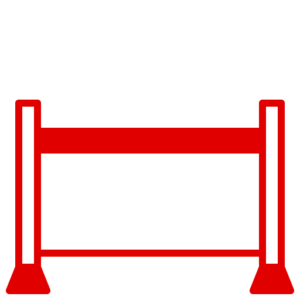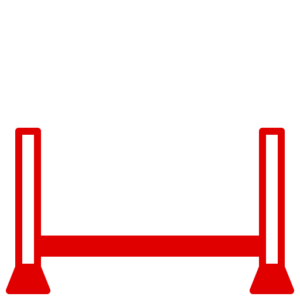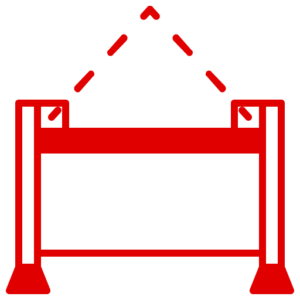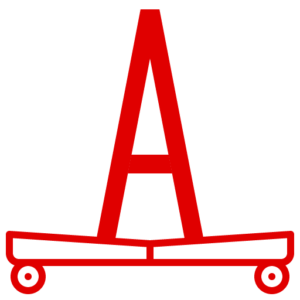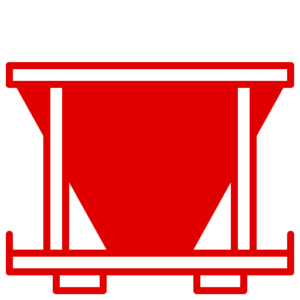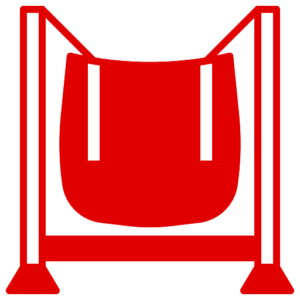News
Ensuring Safe Stillages Handling: A Guide to Proper PPE Selection and Use
At Lowe Stillages & Cages, we prioritise the safety of our employees when working with stillages. Proper selection and use of personal protective equipment (PPE) are crucial to mitigate risks and comply with PUWER regulations. In this blog post, we will provide you with a step-by-step guide to ensure the proper selection and use of PPE for stillage handling tasks.
Step 1: Conduct a Risk Assessment Begin by conducting a comprehensive risk assessment specific to stillage handling in your workplace. Identify potential hazards such as falling objects, manual handling injuries, or contact with sharp edges. Understanding the risks involved is essential for determining the appropriate PPE requirements.
Step 2: Identify PPE Requirements Based on the risk assessment, identify the specific PPE requirements for stillage handling tasks. Consider the types of hazards present and determine the necessary protection to mitigate those risks effectively.
Step 3: Selection of Appropriate PPE Select PPE that is suitable for the identified hazards. Consider factors such as impact resistance, cut resistance, slip resistance, and visibility. Ensure that the selected PPE meets relevant safety standards and regulations to ensure optimal protection.
Step 4: Communication and Training Communicate the PPE requirements to employees and provide comprehensive training on the proper selection, use, and maintenance of PPE for stillage handling. Train employees on how to properly don and doff PPE, as well as how to inspect it for defects or damage.
Step 5: Provide Adequate PPE It is crucial to provide employees with adequate and properly fitting PPE. Ensure that the required PPE is readily available in appropriate sizes and quantities. Comfortable and well-fitting PPE maximises effectiveness and promotes compliance.
Step 6: Head Protection If there is a risk of falling objects or head impacts, provide employees with suitable hard hats or safety helmets to protect against head injuries. Ensure that the head protection meets industry standards and is worn consistently in the designated areas.
Step 7: Hand and Arm Protection Provide employees with appropriate gloves or arm protection to protect against cuts, abrasions, or other hand and arm injuries when handling stillages. Consider factors such as grip, dexterity, and resistance to punctures or cuts to select the most suitable hand and arm protection.
Step 8: Foot and Leg Protection Ensure employees wear safety footwear that provides protection against crushing, impacts, or punctures. The footwear should also have appropriate slip resistance for the working environment. Proper foot and leg protection minimise the risk of injuries during stillage handling tasks.
Step 9: Eye and Face Protection If there is a risk of eye or face injuries, such as from flying debris or splashing chemicals, provide employees with suitable safety glasses, goggles, or face shields. Ensure that the eye and face protection provides adequate coverage and visibility to safeguard employees’ eyes and face.
Step 10: High-Visibility Clothing In areas with moving vehicles or low-light conditions, consider providing employees with high-visibility clothing. This enhances their visibility and reduces the risk of accidents by making them easily seen by others in the vicinity.
Step 11: Proper Use and Maintenance Train employees on the proper use and maintenance of PPE. Emphasise the importance of wearing PPE consistently and correctly, as well as inspecting it for damage or wear. Encourage employees to report any issues with their PPE promptly to ensure replacements are provided as necessary.
Step 12: Ongoing Monitoring and Review Continuously monitor PPE usage, conduct periodic audits, and seek employee feedback to ensure the effectiveness of the PPE program. Regularly review and update PPE requirements based on changes in tasks, hazards, or regulations. This ongoing review process ensures that PPE remains relevant and effective in protecting employees.
By following these steps, employers can ensure the proper selection and use of personal protective equipment (PPE) when working with stillages in compliance with PUWER regulations. At Lowe Stillages & Cages, we prioritise the safety of our employees and understand the importance of providing them with the necessary protection to mitigate risks. Remember, safe stillage handling starts with proper PPE selection and use, creating a safer work environment for everyone involved.


